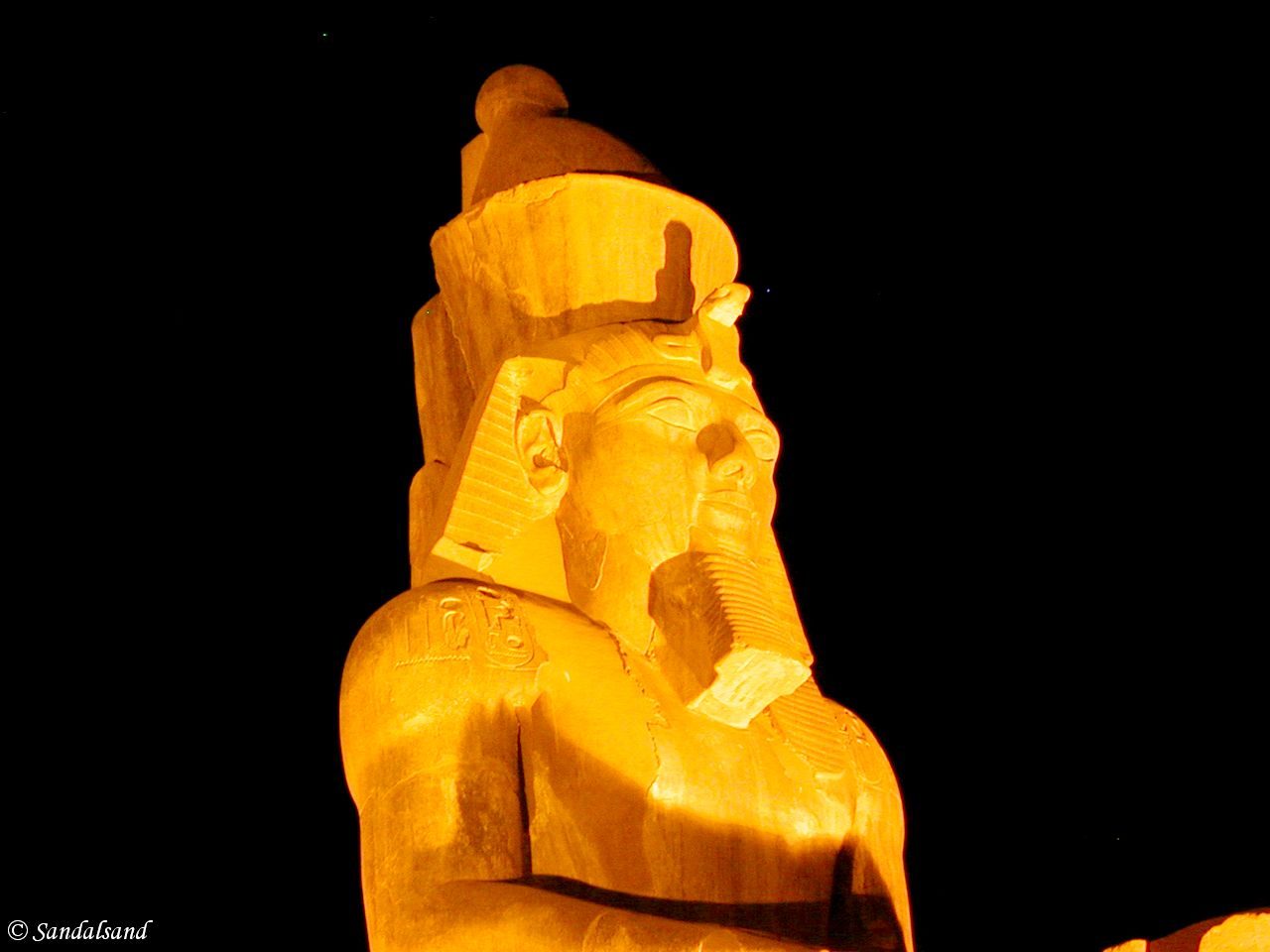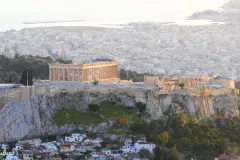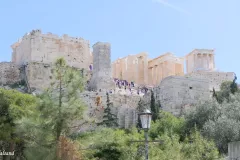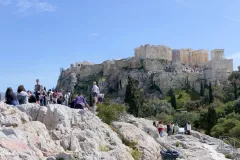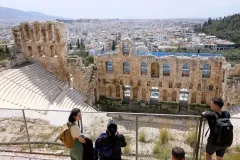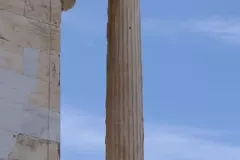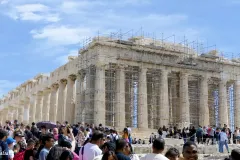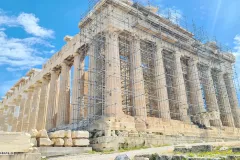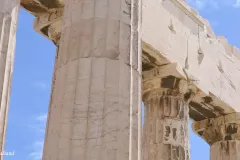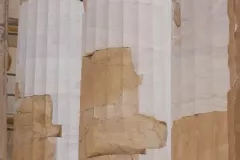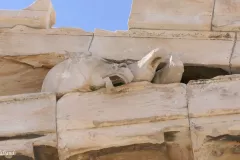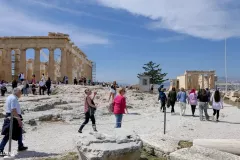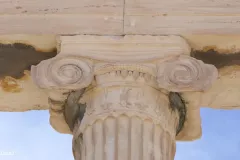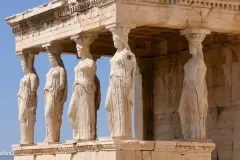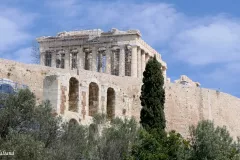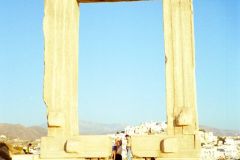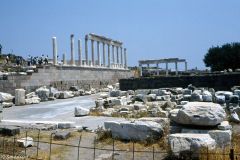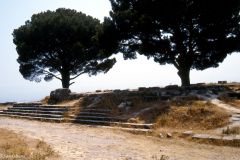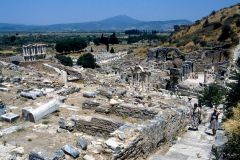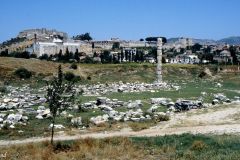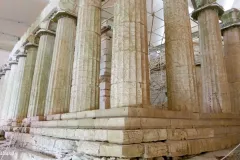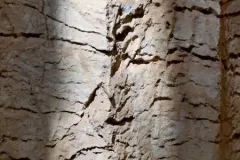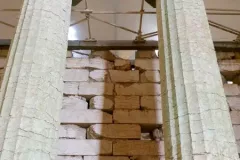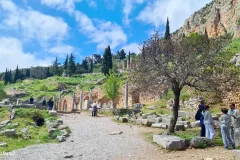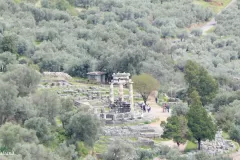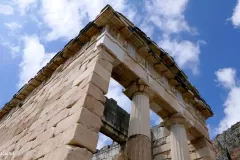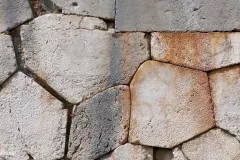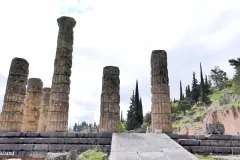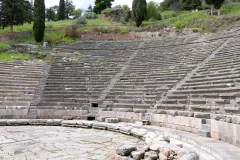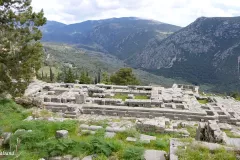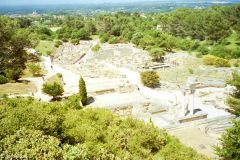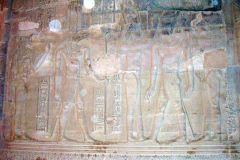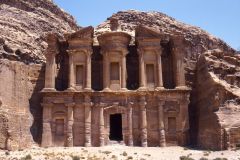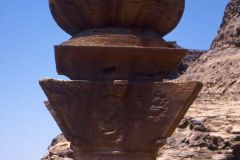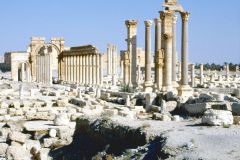Around the world we find several places of worship for extinct religions. This article is based it on my own photographed visits.
There is a host of contemporary religions than I presented in the previous four blog entries. There are many extinct religions as well. Find some on Wikipedia. I will concentrate on the latter category in this article. I will start in South America, continue to Europe and end up in the Middle East.
Incaism
High above, and overlooking the ancient Inca capital of Cuzco we find Sacsayhuamán. This walled complex with a huge parading ground is made of the same famous, large boulders found in other Inca constructions.
Visitors should, after getting acclimatized to the high altitude of Cuzco, take a hike up here for the splendid views. The Incas were worshiping the sun god called Inti, and the king was the Sapa Inca “child of the sun”. Sacsayhuamán was his fortress and Cuzco was his capital.

Fortress walls and parading ground at Saqsayhuaman, Peru
Norse mythology
The Scandinavians had a thousand years ago a common religion. There were numerous gods, beings and heroes written into the mythology. The most famous is undoubtedly Odin with one eye, ravens on his shoulder, riding a horse with eight legs. Thor would smash his hammer to create thunder.
There is not much left, few places of worship remain apart from in place names. A dying religion is however often integrated into folklore and customs. The picture of Odin below adorns the wall inside the Borgund stave church, built at the end of the 12th century.
Odin image on the wall inside the Borgund stave church
Greek mythology
Of all ancient, extinct mythologies the Greek is perhaps the most famous. There is a large number of gods, goddesses, heroes and heroines associated with the ancient Greeks. The reason for their fame is partly derived from the fact that the Greeks were proliferate at producing temples and statues. They also managed to dominate the Mediterranean Sea thus being able to export their religion to other “countries”. Third, Greek literary achievements were without comparison the most advanced, and their pergaments the most lasting, of their time.
I have been fortunate to pay visits to the ancient Greek colonies of Pergamon and Efesos in present-day Turkey, as well as Naxos in the Cyclades archipelago. The Greek left behind a large number of places of worship. Some of them have been moved elsewhere. Inside the British Museum in London there is an entire temple set up in one of the rooms. In Pergamon (Bergama) I was only able to see the foundation of the huge Zeus altar. The altar itself is on display in Berlin.
The Greeks were conquered by the Romans and their religion slowly died. It did not last into the first millennium AD.
Roman mythology
Like the Greeks, the Romans performed their worshipping in temples. Like the Greeks they had a number of deities. In addition they adopted a number of Greek deities, simply renaming them.
The Roman empire was vast, but crumbled like any other empire before finally dying with its religion. The eastern empire outdated the religion by a thousand years before finally succumbing to the Muslims in Istanbul in 1453. On this blog you will find accounts of my visits to temples in Evora (Portugal), Glanum (France) and also the Forum Romanum in Rome itself.
Moving from Europe into the region we today call the Middle East, we encounter two more extinct religions.
Ancient Egyptian religion
First off is Egypt. The great civilisation that emerged on the banks of the River Nile managed to produce a number of religious buildings which remain amongst the world’s most important monuments. I will return to the buildings used for burials in a later chapter, but will here simply present some of the temples associated with the ancient Egyptians.
One of the best ways to explore them is by sailing the Nile. Starting in Aswan in the south I had the pleasure of visiting temples in Kom Ombo, Edfu and Luxor.
The ancient religion lasted for more than 3,000 years in various shapes, with a number of deities. Famous names include Ra, Amun and Isis. The Pharao was a semi-divine. The religion slowly faded away as Christianity spread across Egypt in the first centuries AD.
Religion of the Nabateans
You may not have heard of this people, but you have certainly heard of Petra in the Jordanian desert. This city was their capital and deities like Dushara and al-‘Uzzá were their gods. I include them too in this roundup of places of worship for extinct religions.
Petra is an utterly fascinating place to visit. The first you see after walking, or riding, along the long ravine is the Treasury. Then, as you venture further into the hills you encounter a monastery and temples and so on. These buildings last, because they are cut into the mountains.
The religion died after the conquest by the Romans. Read more about my visit to Petra here. Here are a couple of pictures, as well as a picture from the Baal temple in Palmyra, Syria.
Read more
Articles about religious buildings:
(1) Introduction
Theme I, Places of worship:
(2) Christian places of worship
(4) Buddhist places of worship
(5) Other contemporary places of worship
(6) Places of worship for extinct religions
II, Monasteries and educational institutions (chapter 7) Read
III, Housing for the deity itself or its premier representatives (chapter 8) Read
IV, After death (chapters 9-12) Read the first

